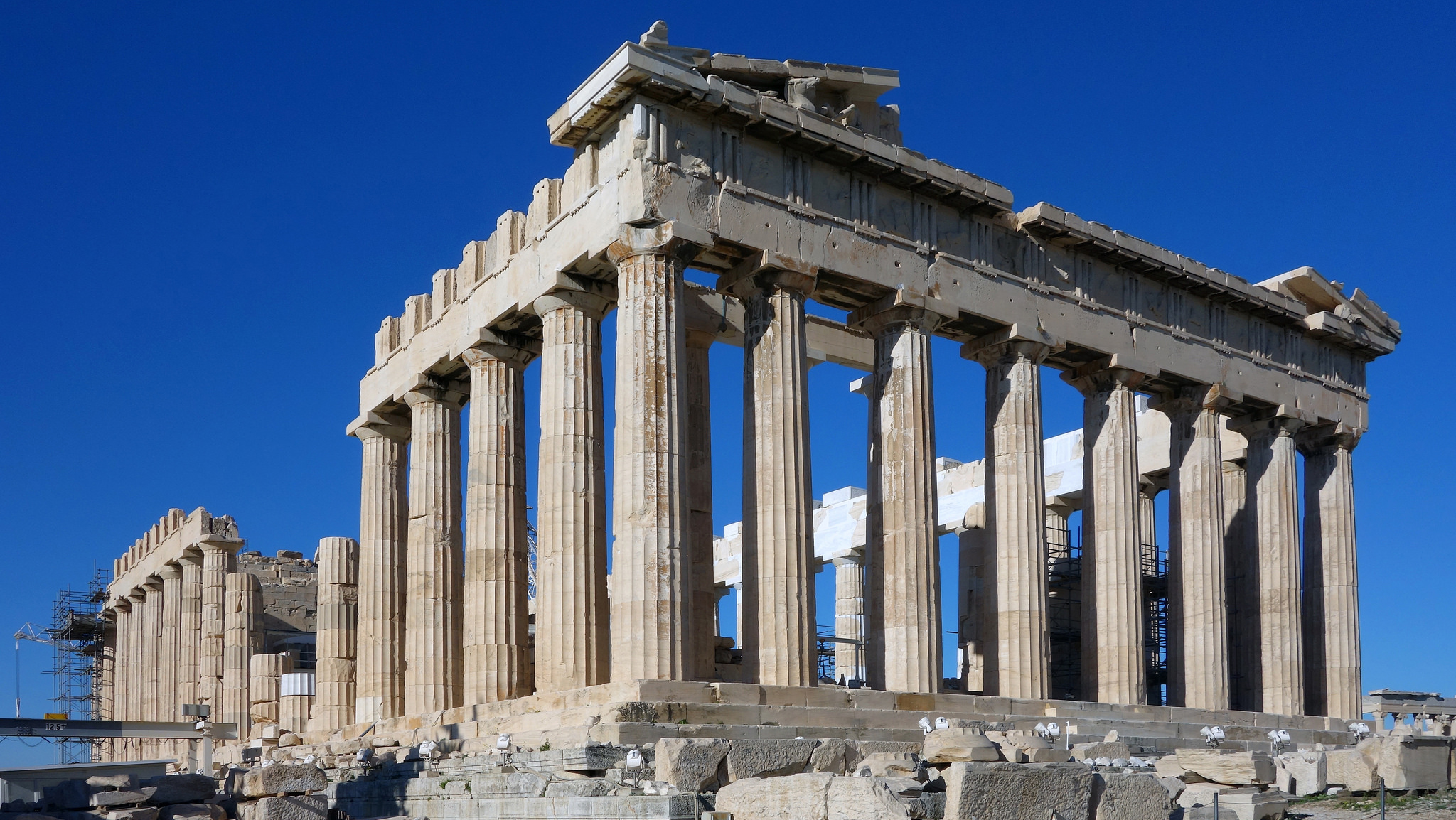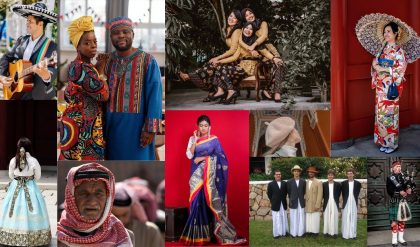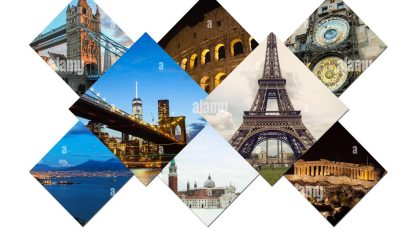Introduction
Art and music are fundamental expressions of human creativity that have shaped cultures and societies throughout history. They serve as powerful mediums for communication, emotion, and identity, transcending language and geographical boundaries. In this blog, we’ll explore the rich history, significance, and various forms of art and music, highlighting their profound impact on society and our individual lives.
The History of Art
Ancient Beginnings
Have you ever wondered where art and music began? The history of ancient beginnings is a fascinating tale that takes us back in time to when humans first started expressing themselves through creative means.
You might be surprised to learn that some of the earliest forms of art date back over 40,000 years. During this period, prehistoric humans were busy creating cave paintings and engravings on rocks and stones. These ancient artists used a range of techniques including stencils, handprints, and even animals’ footprints to leave their mark.
The desire for creative expression didn’t stop there, however. As civilizations rose and fell throughout history, art continued to evolve and adapt. In ancient Mesopotamia, the Sumerians created intricate sculptures and pottery while the Egyptians built monumental structures like the Pyramids of Giza.
Similarly in ancient Greece, you can find evidence of artistic innovation with iconic statues like Zeus at Olympia or Athena on the Acropolis. And let’s not forget about music – from chanting hymns to playing simple instruments made of wood and stone, humans have always found ways to express themselves through sound.
The history of art is a testament to human ingenuity and creativity, showcasing our ability to adapt, innovate and push boundaries over time. Whether it’s cave paintings or modern masterpieces, the essence of artistic expression remains constant – a celebration of humanity’s capacity for imagination and self-expression.
Classical Art
Classical art has been a cornerstone of human creativity for thousands of years. From ancient Greek sculptures to Renaissance masterpieces, this period saw the emergence of some truly iconic works that continue to inspire us today. But what made classical art so remarkable? Was it the attention to detail in every brushstroke or chisel mark?
One key factor was the emphasis on proportion and harmony. Artists sought to balance form with beauty, creating compositions that seemed almost mathematically precise. Think of Michelangelo’s David, for example – its perfect proportions still leave us awestruck.
Another crucial element was mythology. Classical art often drew inspiration from ancient myths and legends, imbuing works with a sense of timelessness and universality. The stories behind the artworks allowed people to connect on a deeper level, transcending their daily lives.
And then there’s the matter of technique itself – the skillful blending of color, light, and shadow that brought classical art to life. Artists like Caravaggio experimented with chiaroscuro, creating dramatic contrasts between light and dark that added an air of mystery to their subjects.
Classical art wasn’t just about aesthetics or technical prowess; it was also a reflection of society’s values and ideals. Artworks often depicted heroic figures, virtuous characters, and mythological scenes – all reinforcing the importance of morality and ethics in ancient Greek culture.
Yes, classical art may seem like a distant relic from another era, but its impact on human creativity endures to this day. The masterpieces we cherish today are testaments not only to artistic skill but also to our shared cultural heritage. As you gaze upon these timeless works of beauty and wisdom, remember the passion and dedication that went into their creation – a testament to the enduring power of art in shaping who we are as human beings.

The Evolution of Music
Early Music
Music has been an integral part of human culture since the dawn of civilization. Early music was often vocal, accompanied by simple instruments like flutes and drums. Ancient civilizations, such as the Egyptians and Greeks, used music in religious ceremonies and celebrations, creating a rich tapestry of sound that resonated with their beliefs and traditions.
The Medieval and Renaissance Periods
The medieval period brought about the development of musical notation, allowing composers to preserve and share their works. The Renaissance was a golden age for both art and music, with brilliant composers like Palestrina and Josquin des Prez creating intricate choral pieces that still resonate today. This era was all about innovation and exploration, pushing the boundaries of what music could be.
The Significance of Art and Music
If art and music were stripped away from society, it’s likely that people would feel a sense of emptiness and disconnection. These forms of expression have the power to evoke emotions, bring communities together, and transcend cultural boundaries. You see, they’re not just mere entertainment or hobbies; they’re essential components of human experience.
Music has the ability to capture memories, tell stories, and convey emotions in a way that’s unmatched by any other medium. A single melody can transport you back to a specific moment in your life, evoking feelings of nostalgia and warmth. Art, on the other hand, allows people to communicate complex ideas and emotions through visual representation.
In an era where technology dominates our lives, art and music serve as a reminder of the importance of creativity, imagination, and human connection. They encourage us to think outside the box, challenge assumptions, and push boundaries. Without them, society might become stagnant, lacking in innovation and progress.
Moreover, art and music have played a crucial role in shaping history’s most significant movements. From civil rights to feminist activism, creative expression has been used as a powerful tool for change. Artists like Frida Kahlo and Bob Marley used their talents to challenge societal norms and advocate for justice.
In conclusion, the significance of art and music lies not only in their ability to entertain or inspire but also in their capacity to bring people together, evoke emotions, and challenge our perspectives. They’re an integral part of human culture, enriching our lives with beauty, creativity, and meaning.
Models of Art and Music
Visual Art Forms
Often, art and music models are intertwined, with each influencing the other in profound ways. Visual art forms, for instance, can be seen as a reflection of the creative energies that shape our understanding of sound.
Take painting, for example. A masterpiece like Van Gogh’s “Starry Night” doesn’t just depict a landscape; it evokes an emotional response through color and brushstroke. Similarly, a composer like Debussy creates music that resonates with our souls because his artistry is deeply rooted in the visual world of impressionism.
The same can be said for sculpture, where form and texture evoke sensations similar to those we experience when listening to music. The curves of a Rodin piece or the geometric shapes of an Escher print conjure up emotions and associations that are just as potent as any musical melody.
In fact, many artists have explored the connection between art and music in their work. Jazz musicians like John Coltrane drew inspiration from visual art movements like Cubism to create new sounds, while graphic designers use the principles of jazz composition when arranging typography on a page.
This intersection is not limited to specific styles or genres; it’s an inherent aspect of creative expression itself. When you listen to music that resonates with you, don’t you often find yourself drawn into its world, where emotions and memories swirl together like brushstrokes on a canvas?
Musical Genres
Often, when exploring musical genres, people tend to get caught up in defining what a genre is and trying to categorize music into neat little boxes. But what if we looked at it from a different angle?
You might have noticed that certain styles of music often borrow or blend elements from other genres. For instance, jazz fusion takes the improvisational nature of jazz and combines it with the complexity of progressive rock. Alternatively, electronic dance music (EDM) has absorbed influences from classical and pop to create its unique sound.
Perhaps instead of focusing on strict definitions, we should be exploring how these genres intersect and influence one another? This way, you can start to see that musical styles are more like a vast web or network than discrete categories. You might find yourself drawn to certain sounds or techniques that appear across multiple genres, leading you down an exciting rabbit hole of sonic discovery.
The next time you’re digging through your favorite music streaming platform, try approaching it with this mindset. Instead of looking for specific labels or tags, see if you can identify the connections and crossovers between different styles. You might just stumble upon a whole new world of sounds and artists waiting to be discovered!
The Impact of Art and Music on Society
Social Change
Art and music have historically played significant roles in social movements. They can inspire change, raise awareness, and unite people for a common cause. For example, protest songs during the civil rights movement in the United States highlighted social injustices and mobilized communities, proving that creativity can be a powerful catalyst for change.
Economic Influence
The art and music industries contribute significantly to the economy, providing jobs and generating revenue through sales, performances, and festivals. Cities often promote their cultural scenes to attract tourism, showcasing local artists and musicians. This not only supports local economies but also enriches the cultural landscape.
Explore the historical landmarks that tell the story of our local culture. From ancient buildings to significant sites, our guide provides insights into the history and significance of these treasures.



